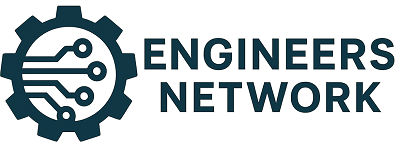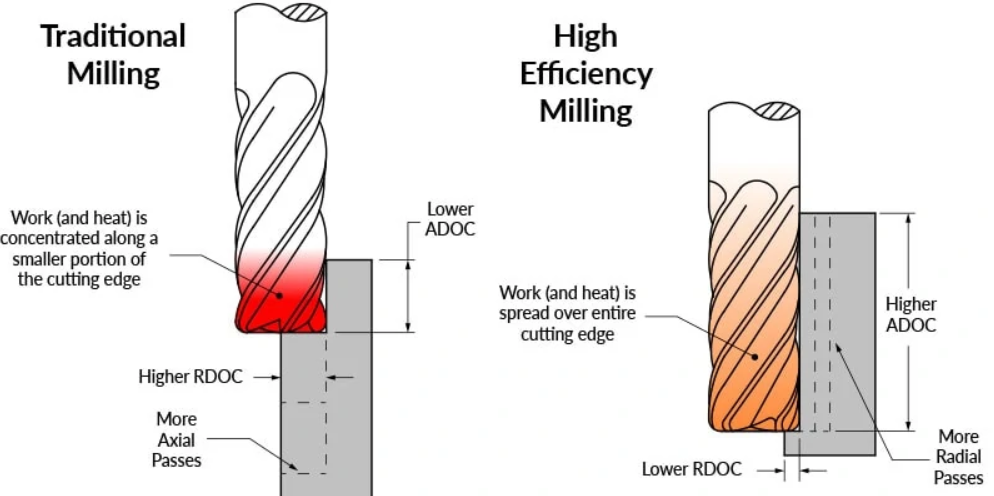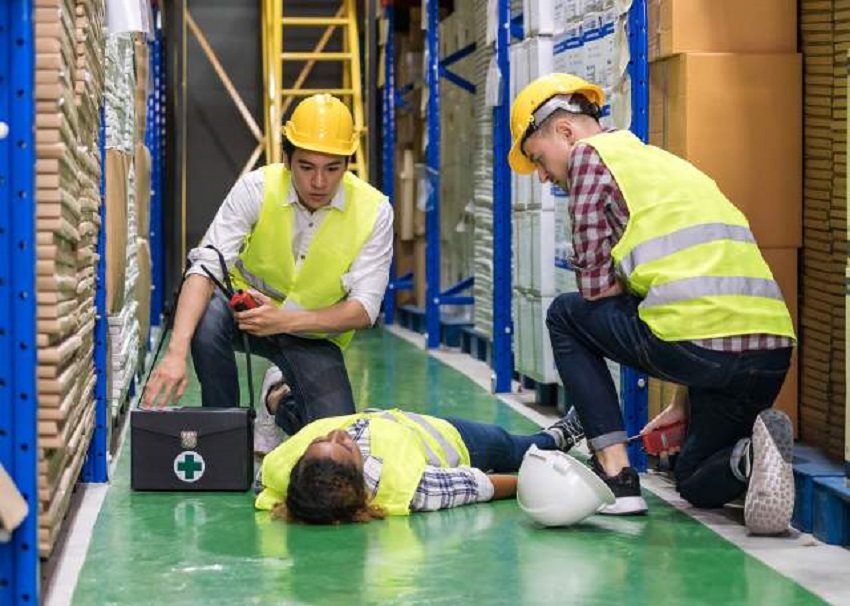The big step in making a custom CNC parts manufacturing business successful in the aerospace industry is adaptability to a diverse range of materials. The selection of tooling and its parameters for various materials is key to move forward in this industry. In this article, we will explore various materials and methodologies used in this industry and how smart thinking allows for minimal costs in machining them.
Basic Advantages of Custom CNC Parts
Often the requirements in the aerospace industry come from unprecedented challenges. Custom CNC parts allow meeting such requirements within minimal production costs. Main advantages that CNC machining provides for this industry include:
- Cost-effectiveness
- Customized designs
- Remarkable accuracy
- Adaptability to various materials
- Intricacy and complex contours
Challenges for Custom CNC Parts in the Aerospace Industry
A business’ success lies in understanding the client’s requirements. It is tough to enter into the custom CNC parts industry in the Aerospace niche. It is complicated since one has to have quite a lot of knowledge to properly comprehend what the OEM’s want. Roughing and semi-finishing are much easier to perform, as there are a lot fewer requirements for materials and components. However, the critical parts face harsher requirements if their quality is to be maintained. As most critical custom CNC parts demand the highest quality for them to be functional, finishing processes on them become increasingly difficult.
Another problem is that one has to exactly follow the process rules set up by the OEM’s. Shops should be capable of performing manufacturing process on materials with low machinability, handling the problem of reduced tool life, and also be able to create all the important features of a critical part.
Before taking a contract from an OEM, one should have in-depth knowledge of the materials that are going to be machined, and the precise tools that are going to perform the machining. Furthermore, the understanding of the application of the right process for the right job is essential for optimal machining.
Materials for Aerospace in Custom CNC Parts
Heat resistant super alloys (HRSAs) and titanium are commonly used in custom CNC parts for aerospace. HRSAs are further categorized into 3 groups. They are as follows:
- Nickel-based alloys
- Iron-based alloys
- Cobalt-based alloys
Nickel-based alloys are primarily used in aerospace components. It is possible for nickel-based alloys to be casted, annealed, heat-treated, rolled and forged. Machining these type of materials severely limits the tools. For example, nickel-based alloys need excessive cutting force, as they are hard and possess high dynamic shear strength. This means that the tool that is going to be used to machine nickel-based alloy is going to be under a lot of stress and will have a lower tool life.
To counter the hardness of nickel and the reduction of tool life, shops need to have timely tool changes to avoid ruining the component that is going to be machined. Nickel-based alloys are also poor heat conductors. Hence, when machining them, heat is transferred to the tool rather than the chips that are formed. This can also cause problems for the tools as well as the material. Lastly, nickel-based alloys can easily be work-hardened, which frequently causes higher notch wear.
Custom Tooling for Custom CNC Parts and Methodologies
There are two aspects to choosing tooling for aerospace parts:
- Material for tooling
- Method of machining
Suppliers should select tools that are specifically designed to handle the materials being machined. As mentioned above, nickel-based alloys are difficult to machine hence normal tools cannot be effectively used.
Tools made of ceramics are a practical option for roughing applications. Ceramics are hard but with hardness comes brittleness. So, although ceramics have a lower tool life, their high material removal rate (MRR) enhances production rates. The shorter tool life of ceramics tools does require adjustment for shops, which are not used to having many back-to-back tool changes. This is because ceramic inserts need to be changed around 4 to 6 minutes for the machining of certain materials.
High-speed milling and turning operations require the use of end mills made of solid carbide, uncoated carbide for titanium and SiALON ceramics for nickel-based and cast-iron materials.
SiALON is a special high-temperature refractory material with extremely high strength at elevated temperatures, thermal shock resistance and corrosion resistance. It is a good choice for roughing applications in aerospace machining for custom CNC parts.
The next thing that the suppliers should focus on is the utilization of advanced machining techniques. To meet the strict requirements of the OEM’s, the supplier must apply the proper technique for a specific job. Furthermore, all shops should be familiar with trochoidal and high-speed machining techniques as they can allow the tools to have low radial engagement as well as achieve a much higher feed rate.
In line with process control principles from the client, CNC machining businesses need to adapt methodologies that can keep constant tool engagement to avoid potential stress points. Furthermore, any chatter or vibration during machining processes needs to be noticed instantaneously since it could make the difference between a functional and non-functional aerospace part. Continuous runs are key to achieve intricate and complex parts.
Having noted all these considerations, it is imperative that Computer-Aided Manufacturing should be used for the simulation of machining. The simulation tells us beforehand about the problems we can face when practically performing a machining technique on a material. Shops should invest in the CAM functionality so that they can optimize feed rate, speed, and improve tooling for critical processes.
Conclusion
In light of the above discussion, it is quite clear that investing in custom CNC parts Industry for Aerospace Sector is a challenge in itself. The factors to account for are so diverse. New entrants in the market should extensively invest into learning about aerospace design principles before diving into this industry. As for experienced and seasoned custom CNC part manufacturers, overconfidence should never overshadow their machining shops otherwise thriving in this industry becomes a challenge.






Leave a Reply